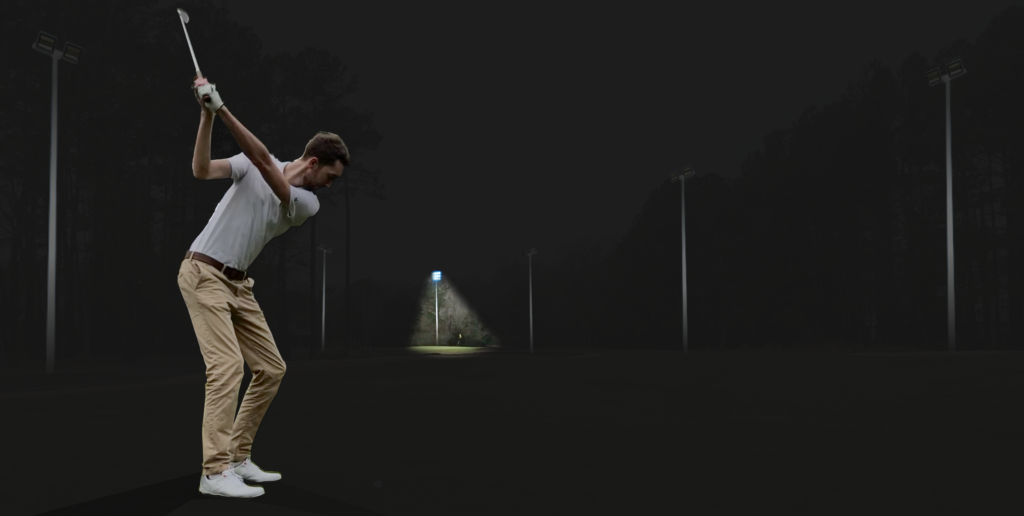Course management and strategy is an area of the game I see many players lose valuable strokes on the course. Making poor, un-calculated decisions can put doubt in our mind that can lead to a world of trouble. Here I will discuss how accepting and assessing the trouble ahead of you can help you better commit to your shot.
Don’t Think Of A Pink Elephant!
Before you started reading this paragraph i’m sure you’re already thinking… ’pink elephant’ Despite me saying DON’T.
This is a psychological phenomenon known as the “ironic process theory”. A process where deliberately attempting to suppress certain thoughts actually make them more likely to surface.
>> Read more about “Ironic Process Theory” here (This link will open a new page) <<
How Does This Theory Apply To Golf?
So how does this apply to golf? And more specifically course strategy and management. I’m sure you have that one hole you dread getting to in a round. Whether it be a tee shot that has trouble calling your name, or an approach shot you can’t leave long or short.
These situations can often initiate this theory. For instance that tee shot coming down the stretch that has water down the left. You may find yourself standing over that shot thinking “just don’t hit it left”.
Immediately having this thought can either produce the dreaded wayward shot into the trouble, or a, just a likely, drastic over compensation to the right in an attempt to avoid the water.
Strategies To Combat These Thoughts?

Intently focusing on a desired target is certainly a solution, although it doesn’t necessarily mean the trouble or suppressive thoughts will magically go away! Ignoring the trouble can result in choosing a shot that doesn’t give yourself much ‘room for error’.
Think about driving a car down a small country/dirt road in the dark of night. Chances are your goin to take a little more caution and lower your speed, not knowing what lies ahead.
Now consider driving down the same road on a sunny bright day with good visibility. You can see whats ahead and any potential hazards to avoid. I’d say you’re more likely to put your foot down and drive a little more confidently.
We can apply this analogy when we are faced with a tough shot.
Challenging The Trouble

Observing and accepting where the trouble is can allow you to begin strategizing what types of shots can, not only, hit your target but limit the possibility of putting yourself in trouble.
Altering the ‘ideal target’ to one that plays into your dominant shot shape can give you that room for error in an event of a wayward shot.
If there is trouble both sides of the fairway sometimes accepting the lesser of two evils can help ease the mind.
For instance ending up in a fairway bunker (or even a hazard) could be a whole lot better than finishing out-of-bounds, where we would not only face this difficult shot again, but now hitting three.
Summary
I appreciate everyone’s mindset differs from one person to the next. The intention of this article is to give an alternative approach to your game if you struggle committing to your shot.
Now I’m not saying to disregard your desired target all together, and focus only on the trouble or no-go zones. Rather to make a calculated evaluation of the shot you’re facing.
Understanding where the trouble is and the consequences of finishing in bad areas, can help ease the mind.
Accepting the fact your ball could end up in an undesired position, can reinforce the fact it’s not the end of the world, and that it’s just part of the game of golf. This in turn can relieve tension and anxiety and bring about more enjoyment.







